The idea that cats and dogs are destined to be rivals is as common as it is outdated. While some felines and canines don’t get along, many actually form deep bonds or coexist peacefully. Let’s debunk popular myths to get to the truth about the cat-and-dog dynamic.
1. “Cats and Dogs Are Natural Enemies”
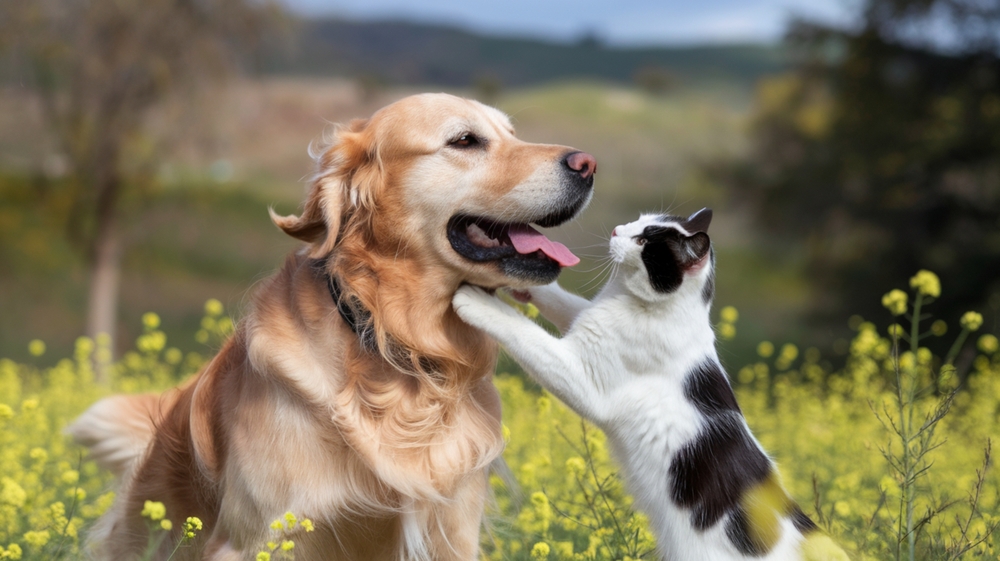
Contrary to popular belief, cats and dogs aren’t hardwired to be enemies. Their rivalry is more a product of misunderstandings than inherent hostility. With different communication styles, they may misinterpret each other’s body language at first, but with gradual exposure and patience, many cats and dogs can learn to communicate and form friendships. Often, it’s simply about learning each other’s unique cues.
2. “Cats Always Prefer to Be Alone”
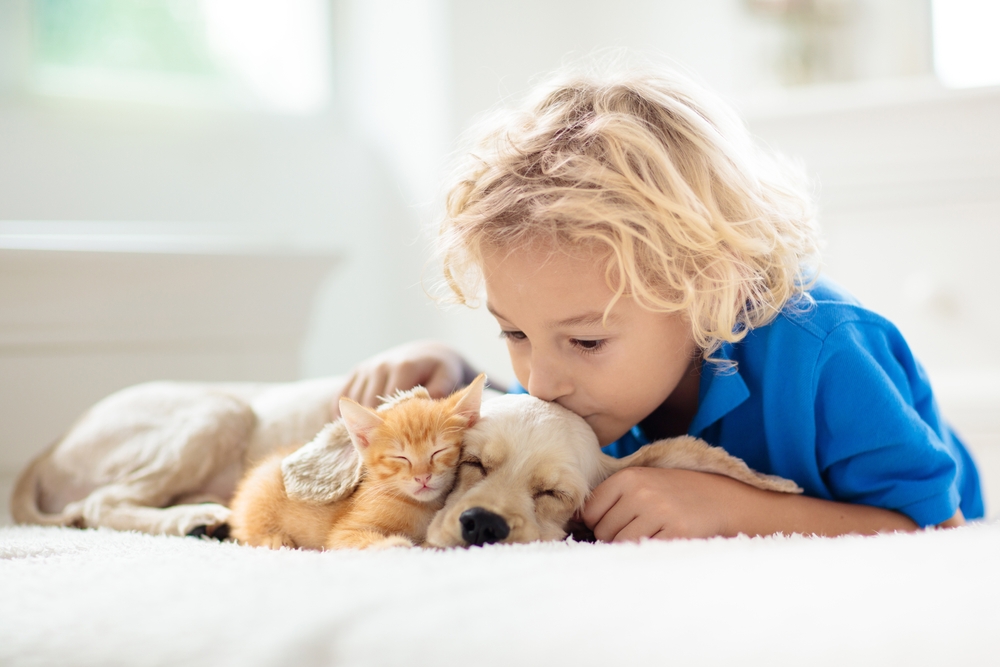
While cats do enjoy their independence, they’re not necessarily loners, especially in a household with a dog. Many cats are curious, social creatures that enjoy companionship and can bond with dogs. Some felines even thrive with a canine friend around, as it gives them a sense of security and routine. The idea that all cats want solitary lives ignores the many variations in feline personalities.
3. “Dogs Instinctively Chase Cats”
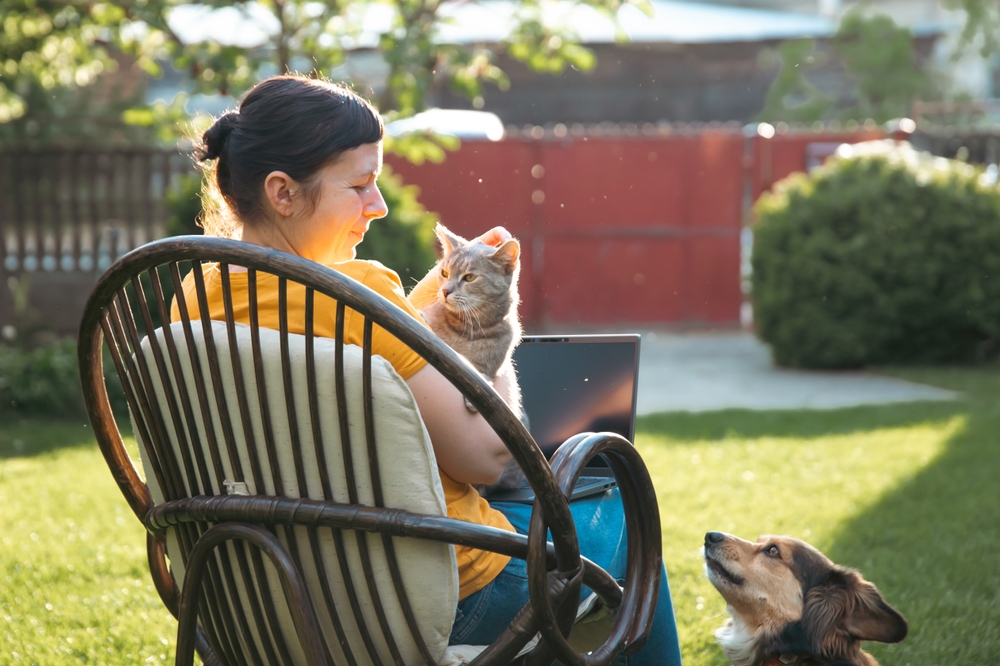
Dogs have a natural prey drive, which can sometimes lead them to chase moving animals, including cats. However, not all dogs are prone to chase. Some breeds have a lower prey drive or are more interested in play than chasing. With training and supervision, many dogs learn not to chase cats at all, making this myth more about individual behavior than an automatic instinct.
4. “Cats and Dogs Can’t Communicate”

Despite their different “languages,” cats and dogs are skilled at picking up on each other’s signals over time. Dogs wag their tails when happy, while cats may do the same when annoyed—but both learn to interpret these cues with exposure. Watching each other’s body language and vocalizations, cats and dogs can learn what behaviors mean “play” or “back off,” creating a functional form of communication.
5. “They Will Compete for Your Attention”

Some believe that if you own both a cat and a dog, they’ll constantly vie for your affection. While pets may feel possessive, most cats and dogs can peacefully share attention when boundaries are respected. Many dogs and cats understand their human has enough love to go around, especially when given dedicated one-on-one time. This myth overlooks their ability to coexist happily without rivalry.
6. “Older Cats and Dogs Can’t Adjust to Each Other”

While it may take more patience to introduce an older cat or dog to a new housemate, it’s far from impossible. Older pets are often more set in their ways but can also be more patient and predictable than younger animals. Gradual, controlled introductions can lead to mutual respect and even companionship. Age is less of a barrier than approach and patience when introducing new friends.
7. “Cats Are Too Fragile to Live with Dogs”

Cats may appear more delicate, but they’re usually skilled at holding their own. Many cats can set boundaries with dogs using subtle signs, like hissing or a swat. Often, the dog must be trained to respect the cat’s space. With a safe retreat or high space, cats can easily coexist with larger dogs, making this myth more about perception than reality.
8. “Dogs Always Dominate the Household”
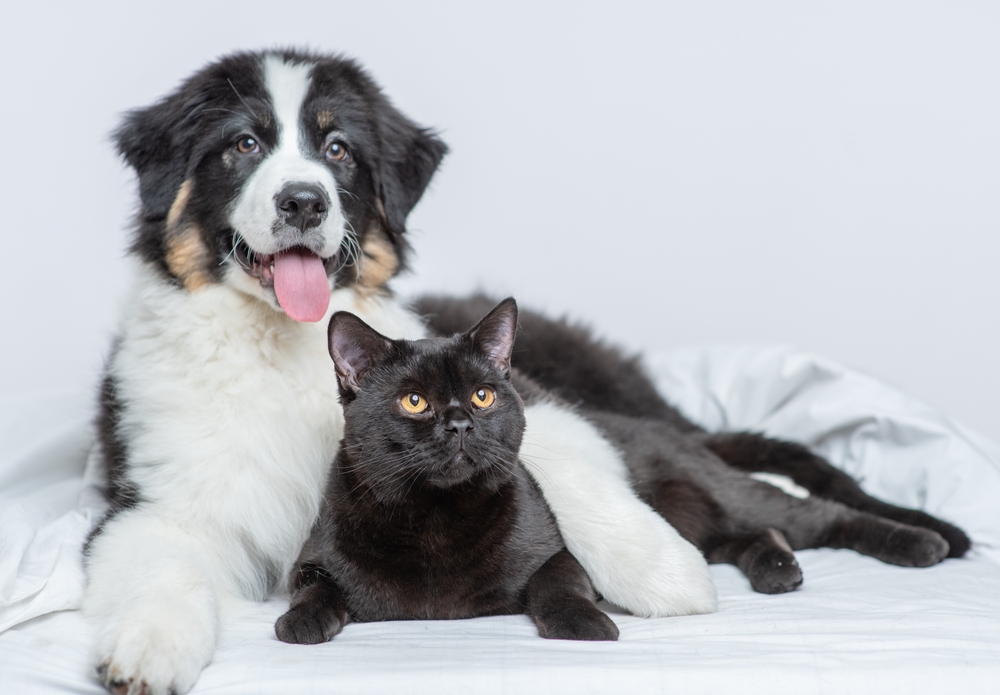
While dogs are generally known as the more social and pack-oriented species, they don’t always “run the show.” Cats set the tone in many homes, defining boundaries and leading interactions. Cats can be surprisingly assertive when necessary, and many dogs defer to them, especially if the cat was there first. Canine dominance doesn’t account for each animal’s unique personality.
9. “Cats and Dogs Have Nothing in Common”
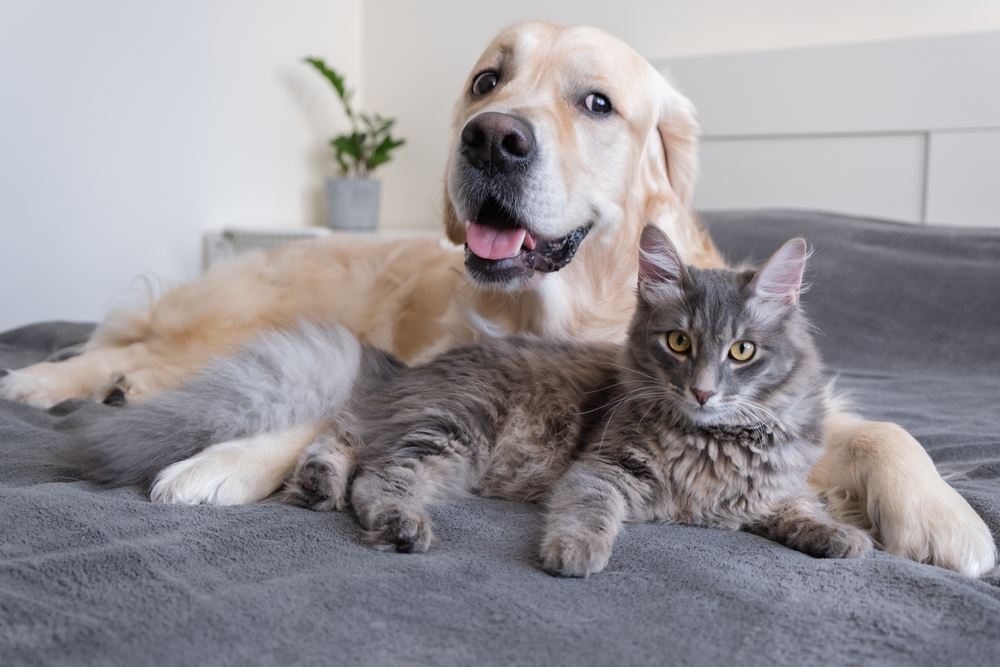
Cats and dogs may look and act differently, but they share similarities, especially regarding their needs for love, attention, and mental stimulation. Both species can be affectionate, playful, and loyal in their ways, and they often recognize and respect these traits in each other. Understanding their common ground, like routines and rewards, can make cohabiting easier and more harmonious.
10. “Cats and Dogs Will Only Tolerate Each Other”
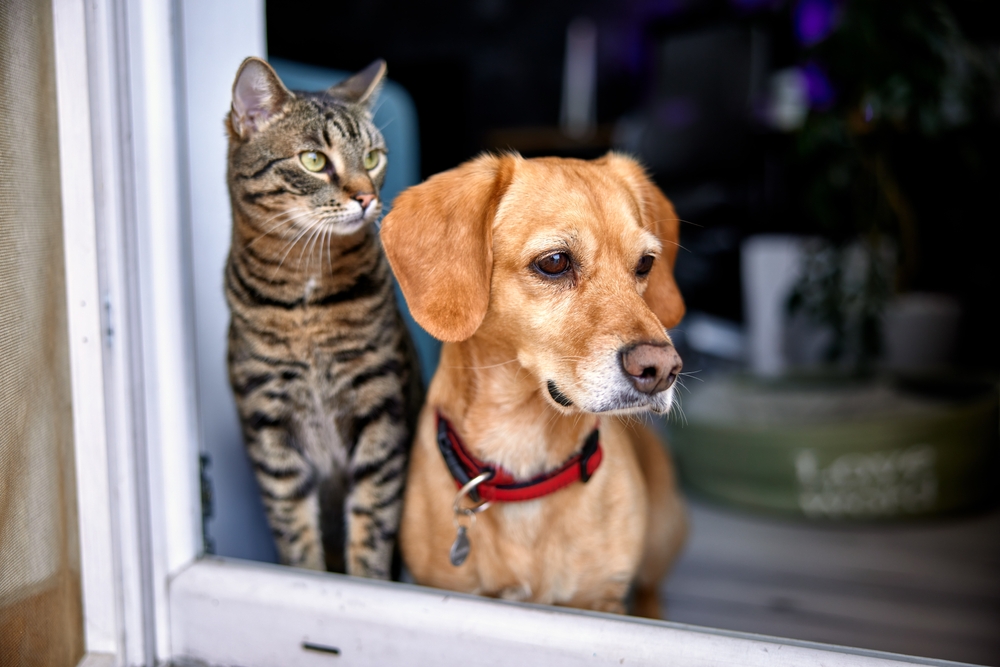
The idea that cats and dogs can only tolerate each other undercuts the real friendships they can form. Many cats and dogs share bonds that go beyond mere tolerance—snuggling, grooming each other, or playing together. By setting up a gradual, positive introduction, it’s entirely possible for these “opposites” to enjoy a fulfilling and affectionate relationship, disproving the myth that they’re just biding their time.
